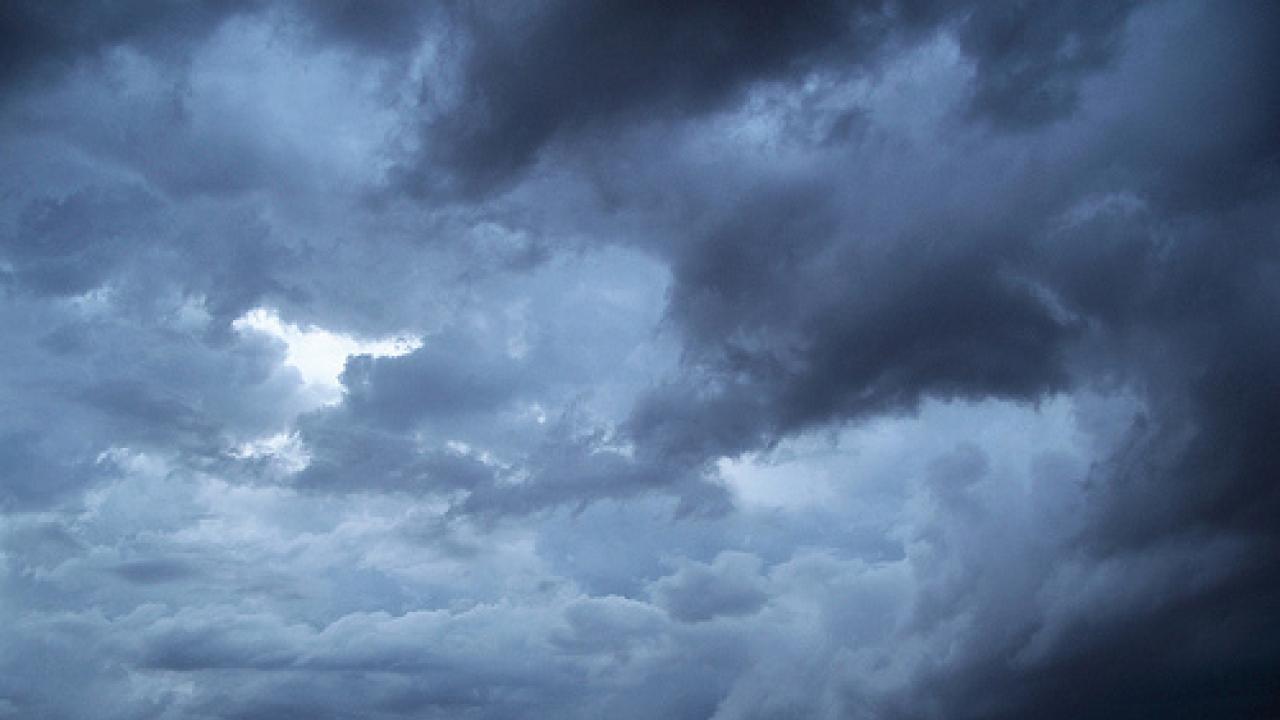
The science of local rain monitoring may be more accurate in the
near future, thanks to a new ICTP study that is the first to focus
on the sensitivities of cloud and precipitation sensors at the
regional scale.
The study, titled "Using CloudSat cloud retrievals to
differentiate satellite-derived rainfall products over West
Africa," has been published in the American Meteorological
Society's Journal of
Hydrometeorology. The authors are Adrian M. Tompkins
of ICTP's Earth System Physics section and Adeyemi A. Adebiyi, an
alumnus of ICTP's Postgraduate Diploma Programme who is now a PhD
student at the University of Miami, Florida, USA.
According to Tompkins, knowledge of precipitation is particularly
important in Africa, where much agriculture is rain-fed (without
irrigation) and yields depend not only on seasonal rain totals but
also on the sub-seasonal variability. "A dry spell at a critical
stage in the growing season can lead to poor yields," he
says.
However, having an accurate knowledge of rainfall in Africa can be
difficult, because of a sparsity of available ground-based
observations. "This means that one has to rely on satellite-derived
products," explains Tompkins.
There is now a wide choice of these products using different
combinations of sensors and a diversity of mathematical algorithms
to combine data into a final rainfall amount. To date, these
satellite products have been validated in a series of studies on a
local scale where ground-based rain gauge data exists. But
these studies are often contradictory, according to Tompkins, and
highlight a different product as "best" depending on the region in
question. "This is because the cloud systems producing the
rain change from region to region, and each satellite product may
be more accurate for certain kinds of cloud systems," he
says.
In order to tackle this uncertainty, Tompkins and Adebiyi have
taken data from a new satellite launched in 2006 called "CloudSat"
that detects ice and liquid cloud crystals. They used the data to
study how the rainfall amounts detected by each satellite rainfall
algorithm changes with the associated cloud structure detected by
CloudSat. Explains Tompkins, "This is the first study to have
combined this array of cloud and precipitation sensors, and it
allowed us to understand the sensitivity of each algorithm and why
one product may perform better than another for a given
region."
Tompkins says that the research allows users of satellite
precipitation products to better understand the potential pitfalls
of each respective product, and to make a more informed decision of
which to employ for their particular application and region of
interest. Moreover, the research indicates where to focus
efforts to improve future generations of rainfall retrieval
algorithms.













